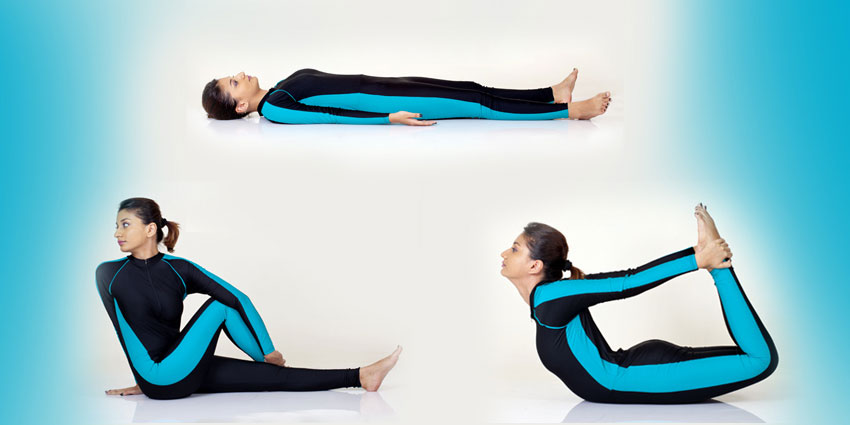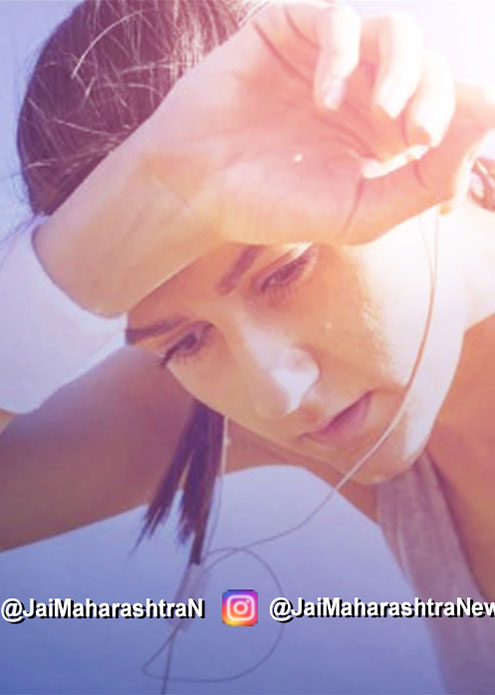

Yogopachar
Yoga is one of the oldest sciences India proudly possesses. To judge from the archaeological remains, notable sculptures and carvings, Yoga must have been practiced in India since around 6,000 years in some or the other form.
Human body is compounded of chemicals and minerals. Indeed, man has been analysed as to his chemical composition as follows :
10 gallons of water
Enough fat to make seven bars of soap
Enough carbon to make several thousand pencils
Enough phosphorous to make 2,200 matches
Enough iron to make a 3” nail
Enough lime to whitewash a small hencoop
With, additionally, a small amount of magnesium and sulphur
This modern scientific explanation having a reductionist approach does not seem to be even logical enough to define the way we feel about ourselves. Yoga has a much more holistic understanding about the entity called as human being.
Benefits of Yoga
- Helps maintain the suppleness and flexibility of the muscles and joints.
- Has a deeper effect on the tendons, ligaments, blood vessels, lymphatics and the nerves.
- Brings about co-ordination of mind and body movements.
- Helps create an appreciation of the finer movements.
- Improves sharpness of the senses.
- Helps us to be aware of and improve our breathing.
- Helps us to maintain a positive attitude and lighter approach towards life.
- Helps regulate digestion, respiratory rate and heart rate.
- Improves memory, concentration and intelligence through Pranayama and Meditation.
- Helps cleanse our nostrils, upper respiratory passages and eyes through Kriyas.
Role of Yoga under Sanyukta Upchaar Paddhati®
The aim of the yogic Asanas is to produce and maintain the biological balance between various physiological systems working in the human body.
The broader aspects of Yoga
- To possess the best organic vigour
- To train the spinal cord and brain so that both of them can sustain the interaction of Kundalini (force)
Besides the above mentioned overall effects (general effects), the yogic Asanas have when taken together, individual Asanas have specific effects on specific systems and organs when done separately. So each yogic asana has specific indications and contra-indications.
At Vedicure, yogic programs are prescribed according to the patients' complaints, physical condition, age, sex, severity of the disorder, ability of the patient and his lifestyle.
To treat the particular disorder it is most important to follow a suitable Asanas and breathing exercises like Pranayam and Kapal Bhati, etc.
Asanas help improve circulation, hormonal secretion, correct posture, the nervous system and increase muscular efficacy.

